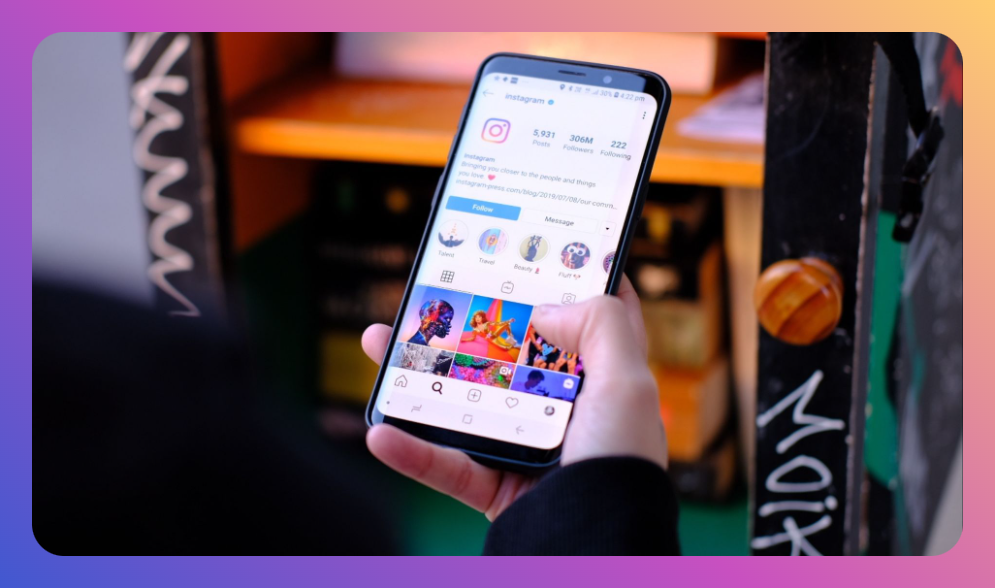Every day, millions of individuals around the globe log onto Instagram, sharing photos, videos, stories, and interacting on this dynamic platform. However, a significant question that often arises, especially for parents and young teenagers, is "how old do you have to be to have Instagram." Understanding this requirement is crucial for ensuring a safe and appropriate online environment. This article will delve into not only the age requirement but also offer insights into safety features, parental controls, and advice for users.
Table of Contents
- Instagram's Age Requirement
- Safety Features on Instagram
- Parental Controls and Monitoring
- Tips for Young Users
- Potential Risks and Concerns
- Frequently Asked Questions
Instagram's Age Requirement
According to Instagram's terms of service, users must be at least 13 years old to create an account. This age requirement complies with the Children’s Online Privacy Protection Act (COPPA) in the United States, which aims to protect the privacy of children under 13. The question "how old do you have to be to have Instagram" is therefore answered with a universal benchmark set to ensure young kids aren't exposed to certain online content and privacy risks.
Despite this standard, enforcing age restrictions has its challenges. Many young users might find ways to bypass this limit by falsifying their birth year during account setup. This raises important discussions on age verification processes and parental involvement to ensure legal and safe online usage.
Safety Features on Instagram
Instagram provides numerous safety features that users of all ages should be aware of:
-
Privacy Settings: Users can set their profiles to private, allowing more control over who views and interacts with their content. A private account means that only approved followers can see posts and stories.
-
Comment Controls: Instagram has robust options for controlling comments on posts. Users can block specific individuals from commenting, filter inappropriate words, or turn off comments entirely for certain posts.
-
Direct Message Filters: There are controls to manage who can send direct messages to the account. For younger users, this prevents unsolicited interactions from strangers.
-
Activity Status: This shows when a user was last active. Users can toggle this feature off if they don’t want their activity visible, adding another layer of privacy.
Understanding and using these safety tools is crucial for minimizing risks, especially for new and younger users navigating the social media environment. But safety isn’t only about tools; it's about knowledge, which brings us to parents and guardians' roles.
Parental Controls and Monitoring
Parents plays a significant role in monitoring social media usage. Once you know how old you need to be to have Instagram, the next step is implementing these tools effectively. Here are some methods:
-
Family Discussion: Before allowing Instagram access, parents should communicate openly about online risks and the importance of privacy. This foundational understanding fosters a relationship of trust between parents and children regarding internet usage.
-
Third-Party Monitoring Apps: There are apps designed to monitor social media activity discreetly. Apps such as Bark, Qustodio, and FamilyTime provide insights into your child's Instagram use, from their followers to the content they view and share.
-
Instagram Family Center: Instagram offers a set of resources known as the Family Center. It provides guides on safety and privacy settings, a primer on Instagram basics, and advice tailored to different age groups.
These strategies, when used collectively, help ensure teenagers are using the platform responsibly and safely.
Tips for Young Users
Young Instagram users should adhere to several best practices:
- Be Selective with Personal Information: Avoid sharing sensitive information like home address, school details, or phone numbers.
- Think Before You Post: Understand that once content is shared, controlling it is hard, even with privacy settings.
- Use Strong Passwords: A unique password for Instagram helps prevent unauthorized account access.
- Be Cautious of Links: Clicking on unknown links may lead to scams or phishing attempts.
It's worth reminding young users about their digital footprint and how their online activities can have lasting effects.
Potential Risks and Concerns
While Instagram offers numerous benefits, it isn't without risks:
- Cyberbullying: The anonymity of the internet sometimes gives rise to harmful behavior such as bullying or harassment.
- Mental Health: Social media can affect self-esteem, often arising from comparison or negative comments.
- Exposure to Inappropriate Content: Though Instagram has guidelines, some content may slip through filters, posing a risk to young users.
Being aware of these risks arms young users and their guardians with the necessary knowledge to navigate online challenges.
Frequently Asked Questions
1. What happens if someone lies about their age on Instagram?
If discovered, Instagram may disable the account. Young users might also miss custom protections tailored for minors.
2. Can parents set up an Instagram account for children under 13?
Technically, creating an account for those under 13 violates Instagram's policies, even with parental permission.
3. Are there alternatives for younger audiences?
Platforms like PopJam or YouTube Kids are specifically designed for younger users, focusing on safety and appropriate content.
In Summary
Understanding "how old do you have to be to have Instagram" is fundamental, but knowing how to navigate the platform safely goes far beyond merely reaching a particular age. It involves education and collaboration between young users and guardians alike. Armed with these strategies, Instagram can be a positive space for sharing creativity, connecting with friends, and exploring interests.
![How to Add Music to Instagram Post [5 Methods] how to add music to Instagram post](https://instahero24.com/wp-content/uploads/2024/08/fabpic-60.png)




